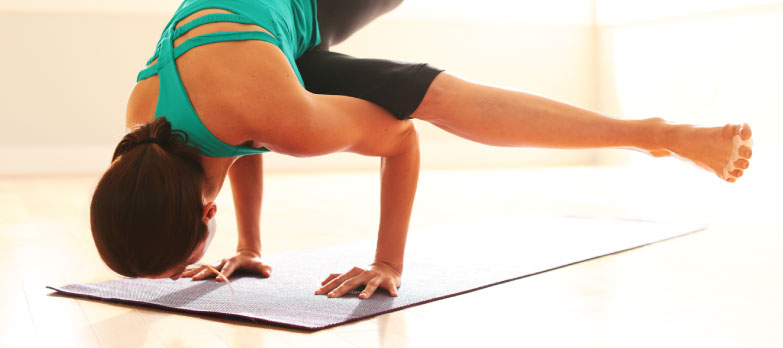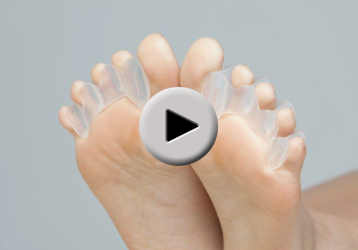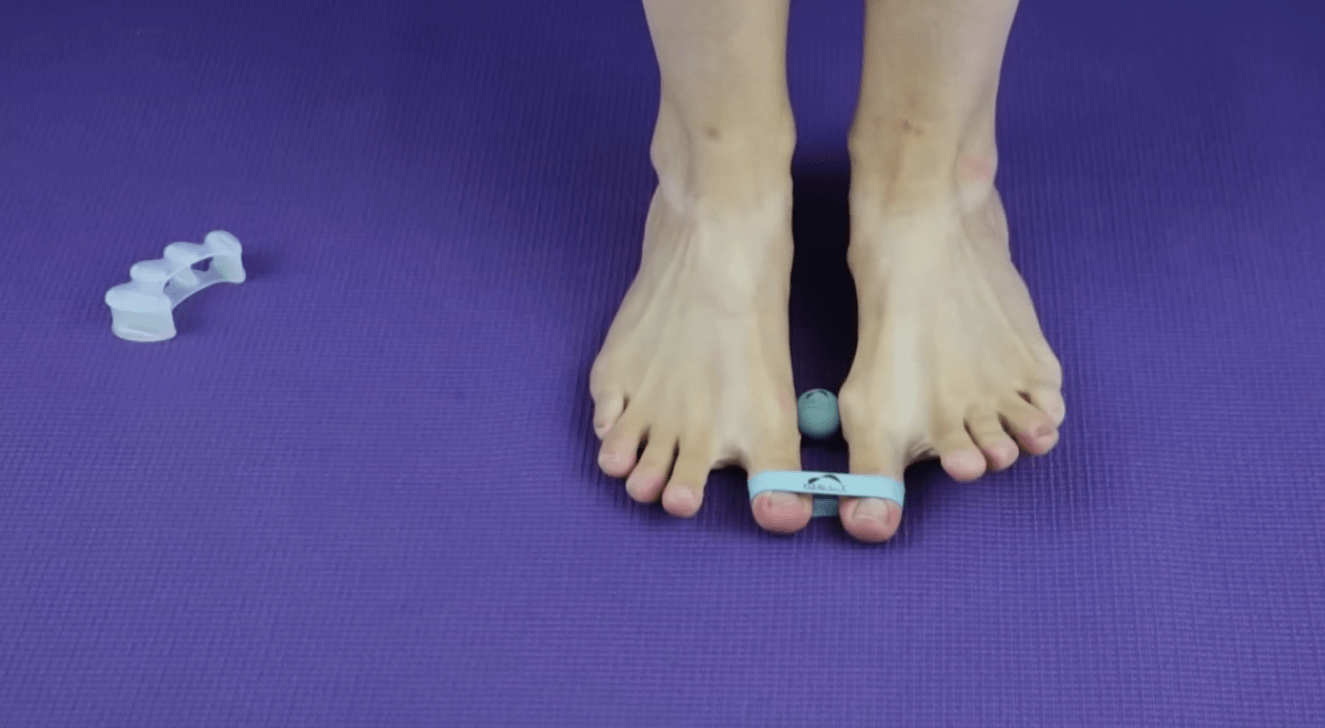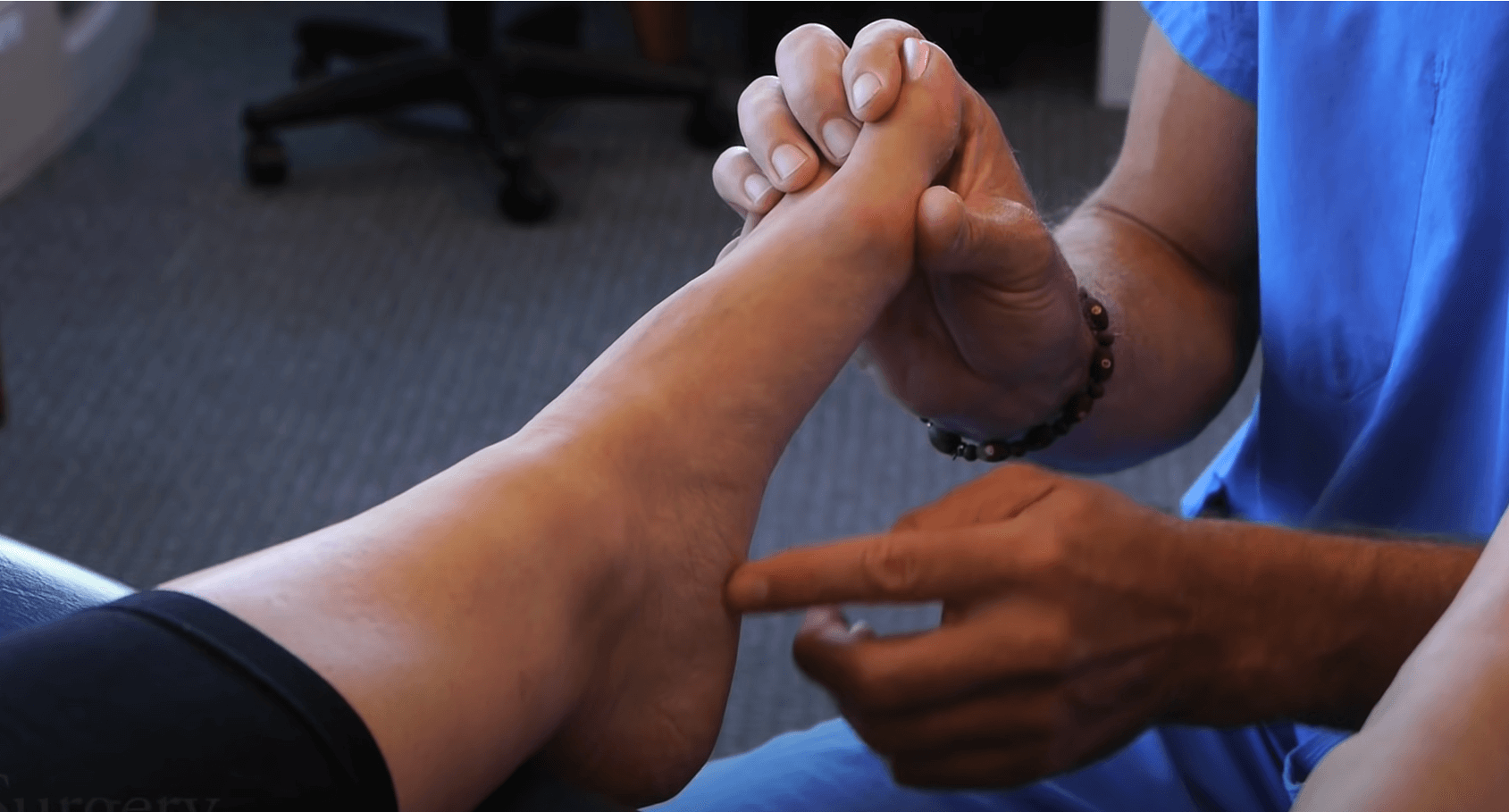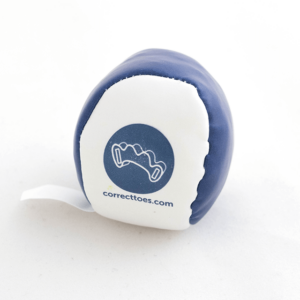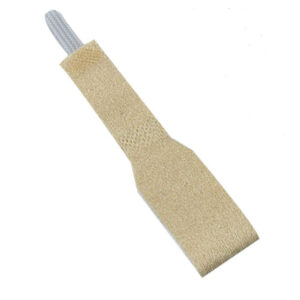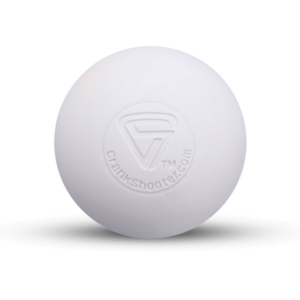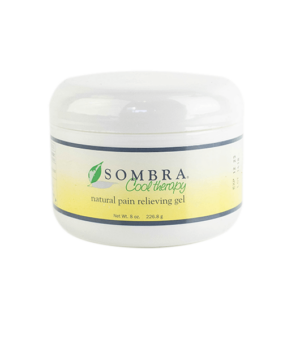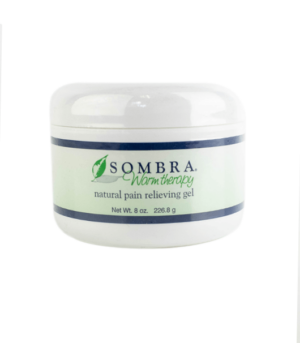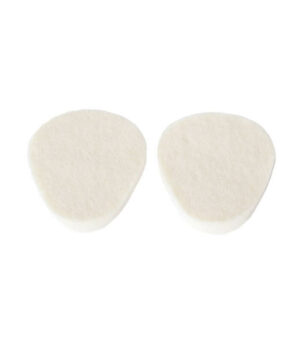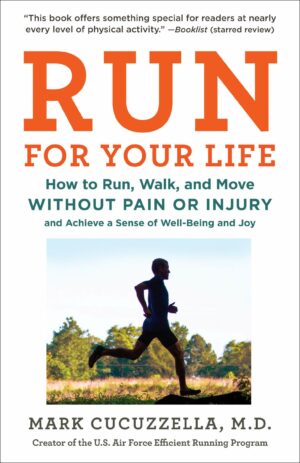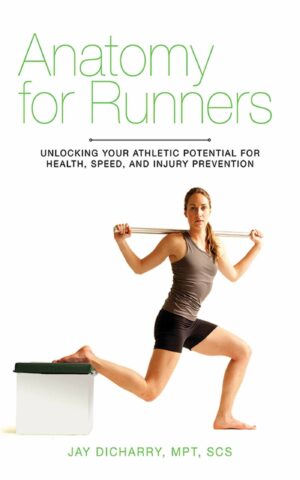Adam Kelly, a researcher currently about to begin work on his PhD in Exercise Physiology at the University of Miami, recently completed the first-ever study of Correct Toes and its effects on balance, specifically dynamic balance—the ability to maintain stability of the center of mass with movement.
Kelly became familiar with the Correct Toes product during his undergraduate education and knew that he would like to potentially study the device once he got to graduate school. His interest in the device along with his knowledge of the prevalence of foot deformities in our society (due to poor footwear choice, design, and fit) provided the motivation for this study and helped Kelly earn his master’s degree.
Read a synopsis of Kelly’s findings, below, or watch the video for a complete presentation of the effects of Correct Toes and minimalist footwear on dynamic balance.
Correct Toes & Balance Study Synopsis:
Study Title: The Influence of a Foot-Toe Orthosis and Minimalist Shoe on Dynamic Balance and Hallux Valgus Angle
Lead Researcher: Adam Kelly, MS, ATC
Study Synopsis: This study sought to examine and compare the effects of a foot-toe orthosis (Correct Toes) and minimalist shoe (Lems Primal 2) on dynamic balance and the angle of the big toe, or hallux valgus angle. Balance alone is defined as the ability to maintain center of mass stability over a support base, whereas dynamic balance is the ability to maintain center of mass stability with movement—a more accurate and relevant measurement for everyday life. The researchers hypothesized that participants receiving the intervention (i.e., Correct Toes with Lems Primal 2 shoes or just Lems Primal 2 shoes alone) would experience improvements in dynamic balance and a reduction in hallux valgus angle. The researchers randomly assigned 65 young, healthy volunteers (aged 21 to 29 years) to one of three distinct groups (the two groups mentioned above and a control group) and then took immediate measurements and follow-up measurements after 4 weeks. What researchers found was that there were significant differences in dynamic balance scores in the follow-up measurements of the Correct Toes/Lems shoes group and the control group and the Lems shoes only group and control group. The effect on dynamic balance was “strong” in the Correct Toes/Lems shoes group and “moderate” in the Lems shoes only group. Researchers found that there were no significant differences in hallux valgus angle between the any of the groups after 4 weeks, though this is likely due to key limitations of the study (e.g., short study duration, young and healthy participants, etc.). This study was the first to show that a toe-spacing device such as Correct Toes and/or a minimalist shoe such as the Lems Primal 2 may cause an increase in dynamic balance (in 4 weeks of wear) in a young, healthy adult population.


